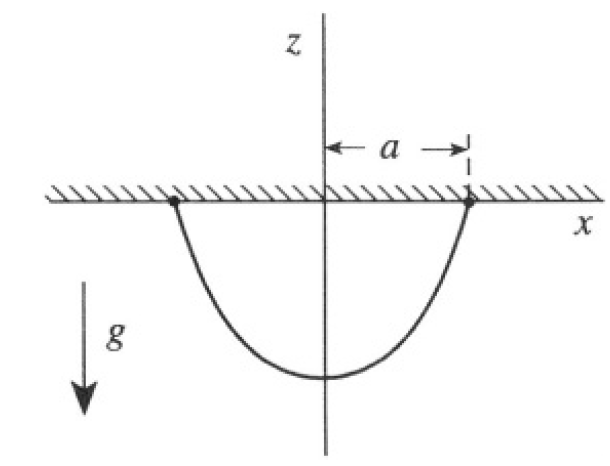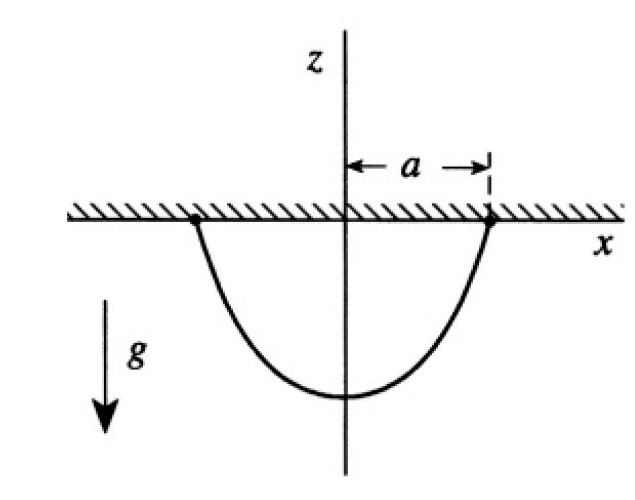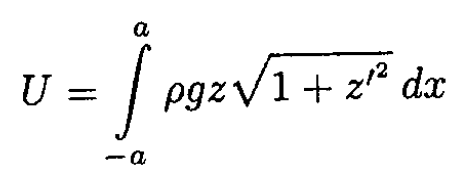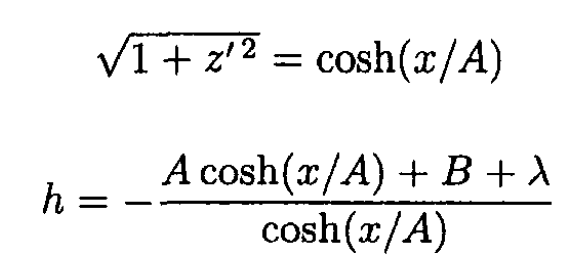
تاريخ الفيزياء

علماء الفيزياء


الفيزياء الكلاسيكية

الميكانيك

الديناميكا الحرارية


الكهربائية والمغناطيسية

الكهربائية

المغناطيسية

الكهرومغناطيسية


علم البصريات

تاريخ علم البصريات

الضوء

مواضيع عامة في علم البصريات

الصوت


الفيزياء الحديثة


النظرية النسبية

النظرية النسبية الخاصة

النظرية النسبية العامة

مواضيع عامة في النظرية النسبية

ميكانيكا الكم

الفيزياء الذرية

الفيزياء الجزيئية


الفيزياء النووية

مواضيع عامة في الفيزياء النووية

النشاط الاشعاعي


فيزياء الحالة الصلبة

الموصلات

أشباه الموصلات

العوازل

مواضيع عامة في الفيزياء الصلبة

فيزياء الجوامد


الليزر

أنواع الليزر

بعض تطبيقات الليزر

مواضيع عامة في الليزر


علم الفلك

تاريخ وعلماء علم الفلك

الثقوب السوداء


المجموعة الشمسية

الشمس

كوكب عطارد

كوكب الزهرة

كوكب الأرض

كوكب المريخ

كوكب المشتري

كوكب زحل

كوكب أورانوس

كوكب نبتون

كوكب بلوتو

القمر

كواكب ومواضيع اخرى

مواضيع عامة في علم الفلك

النجوم

البلازما

الألكترونيات

خواص المادة


الطاقة البديلة

الطاقة الشمسية

مواضيع عامة في الطاقة البديلة

المد والجزر

فيزياء الجسيمات


الفيزياء والعلوم الأخرى

الفيزياء الكيميائية

الفيزياء الرياضية

الفيزياء الحيوية

الفيزياء العامة


مواضيع عامة في الفيزياء

تجارب فيزيائية

مصطلحات وتعاريف فيزيائية

وحدات القياس الفيزيائية

طرائف الفيزياء

مواضيع اخرى
Catenary
المؤلف:
Sidney B. Cahn And Boris E. Nadgorny
المصدر:
A GUIDE TO PHYSICS PROBLEMS
الجزء والصفحة:
part 1 , p 29
25-7-2016
1548
Catenary
A flexible cord of uniform density ρ and fixed length l is suspended from two points of equal height (see Figure 1.1). The gravitational acceleration is taken to be a constant g in the negative z direction.
a) Write the expressions for the potential energy U and the length for a given curve z = z(x).
b) Formulate the Euler-Lagrange equations for the curve with minimal potential energy, subject to the condition of fixed length.
c) Show that the solution of the previous equation is given by z = A cosh (x/A) + B where A and B are constants. Calculate U and l for this solution.

Figure 1.1
Formulae:

SOLUTION
a) Write the expressions for the length and potential energy U (see Figure 1.2) using

Figure 1.2
 (1)
(1)
 (2)
(2)
b) Here, we are not reproducing the usual Euler–Lagrange equations where we have minimized the action  Instead, we look for the minimum of U found in (a), subject to the constraint of constant length l. Utilizing the method of undetermined Lagrange multipliers, λ we may write
Instead, we look for the minimum of U found in (a), subject to the constraint of constant length l. Utilizing the method of undetermined Lagrange multipliers, λ we may write
 (3)
(3)
The coefficient preceding simplifies the calculation. From (3)

where 
 (4)
(4)
Before proceeding to (c), note that in this problem, we may immediately extract a first integral of the motion since  does not depend explicitly on x.
does not depend explicitly on x.
 (5)
(5)
c) We may now substitute z = A cosh (x/A) +B into (5), yielding
 (6)
(6)
h is constant for λ = -B. Calculate from (1):
 (7)
(7)
Using (2) and (7), find U:
 (8)
(8)
Using z(a) = z(-a) = 0, we see that

(8) becomes
 (9)
(9)
From (7), we have

so

 الاكثر قراءة في مواضيع اخرى
الاكثر قراءة في مواضيع اخرى
 اخر الاخبار
اخر الاخبار
اخبار العتبة العباسية المقدسة

الآخبار الصحية















 قسم الشؤون الفكرية يصدر كتاباً يوثق تاريخ السدانة في العتبة العباسية المقدسة
قسم الشؤون الفكرية يصدر كتاباً يوثق تاريخ السدانة في العتبة العباسية المقدسة "المهمة".. إصدار قصصي يوثّق القصص الفائزة في مسابقة فتوى الدفاع المقدسة للقصة القصيرة
"المهمة".. إصدار قصصي يوثّق القصص الفائزة في مسابقة فتوى الدفاع المقدسة للقصة القصيرة (نوافذ).. إصدار أدبي يوثق القصص الفائزة في مسابقة الإمام العسكري (عليه السلام)
(نوافذ).. إصدار أدبي يوثق القصص الفائزة في مسابقة الإمام العسكري (عليه السلام)


















